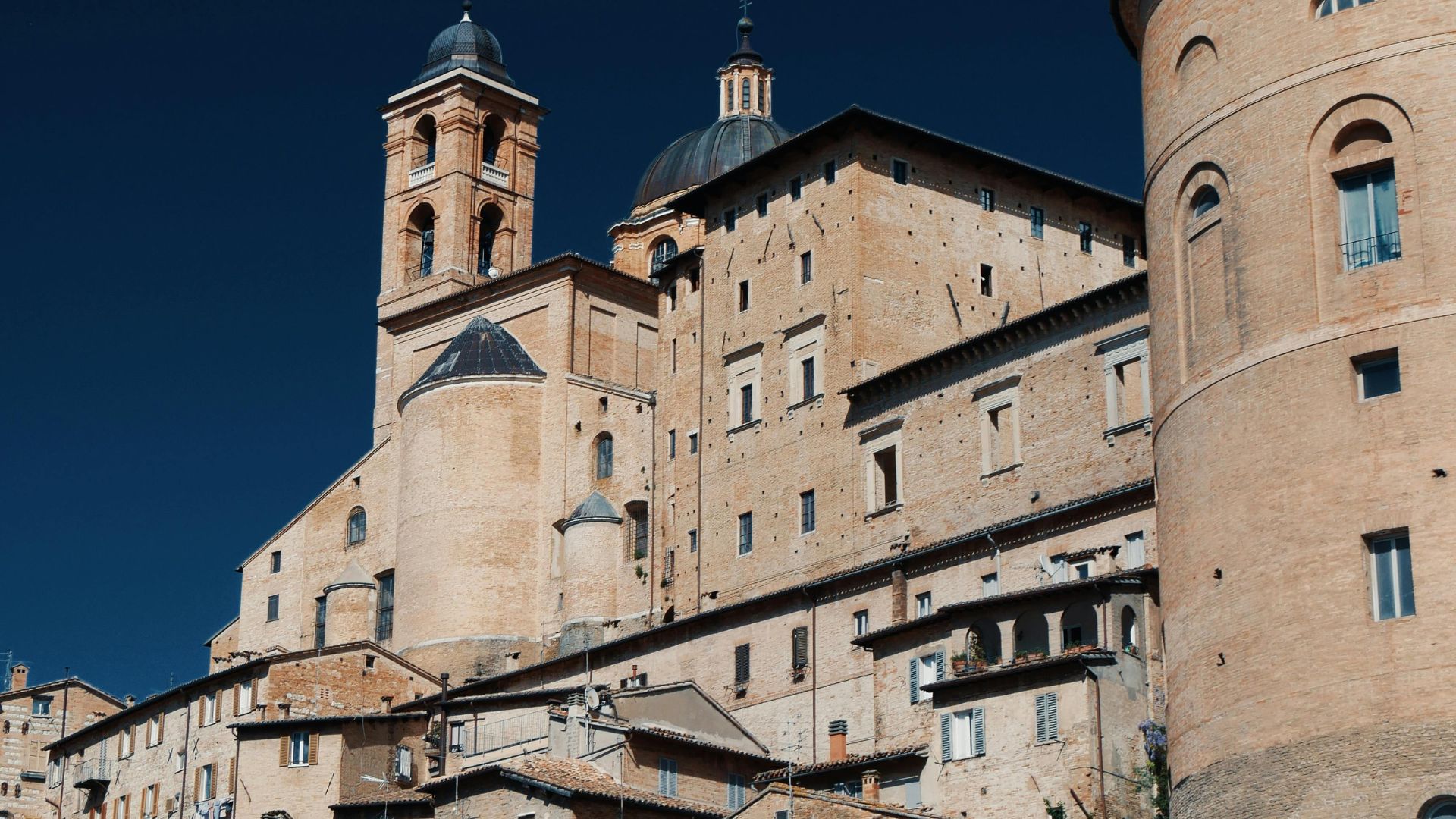While most travelers flock to Tuscany’s famous hill towns, I’ve discovered that Italy’s best-kept secret lies just next door. Le Marche offers the same stunning landscapes, medieval architecture, and incredible food, but without the crowds that can overwhelm more popular Italian destinations.
The region boasts dozens of perfectly preserved medieval towns perched on hilltops, each with its unique character and charm that remains largely undiscovered by international tourists.
During my travels through Le Marche, I’ve wandered through Urbino’s narrow streets where Renaissance history comes alive, and relaxed in seaside gems like Cupra Marittima, where locals still outnumber visitors. The beauty of exploring places like Ascoli Piceno, Jesi, and Corinaldo is that you can savor authentic Italian experiences without fighting through tour groups or struggling to find a table at restaurants.
My favorite thing about Le Marche’s hill towns is how they blend history with everyday Italian life. In places like Mondavio, with its impressive fortress, or Fabriano, known for its papermaking tradition, you’ll find yourself immersed in centuries of culture while chatting with friendly locals who are genuinely surprised to meet travelers who’ve ventured beyond Italy’s more famous regions.
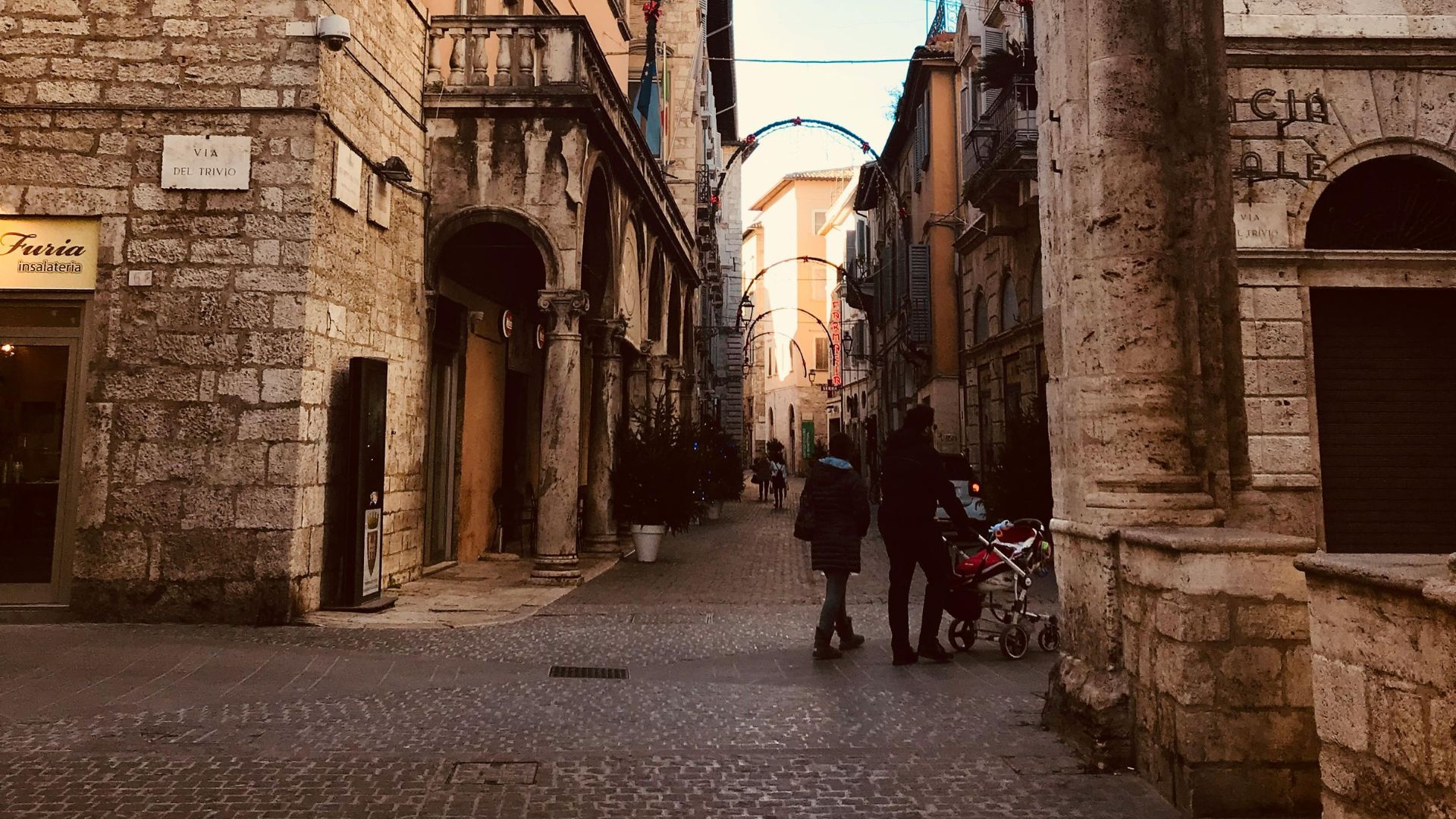
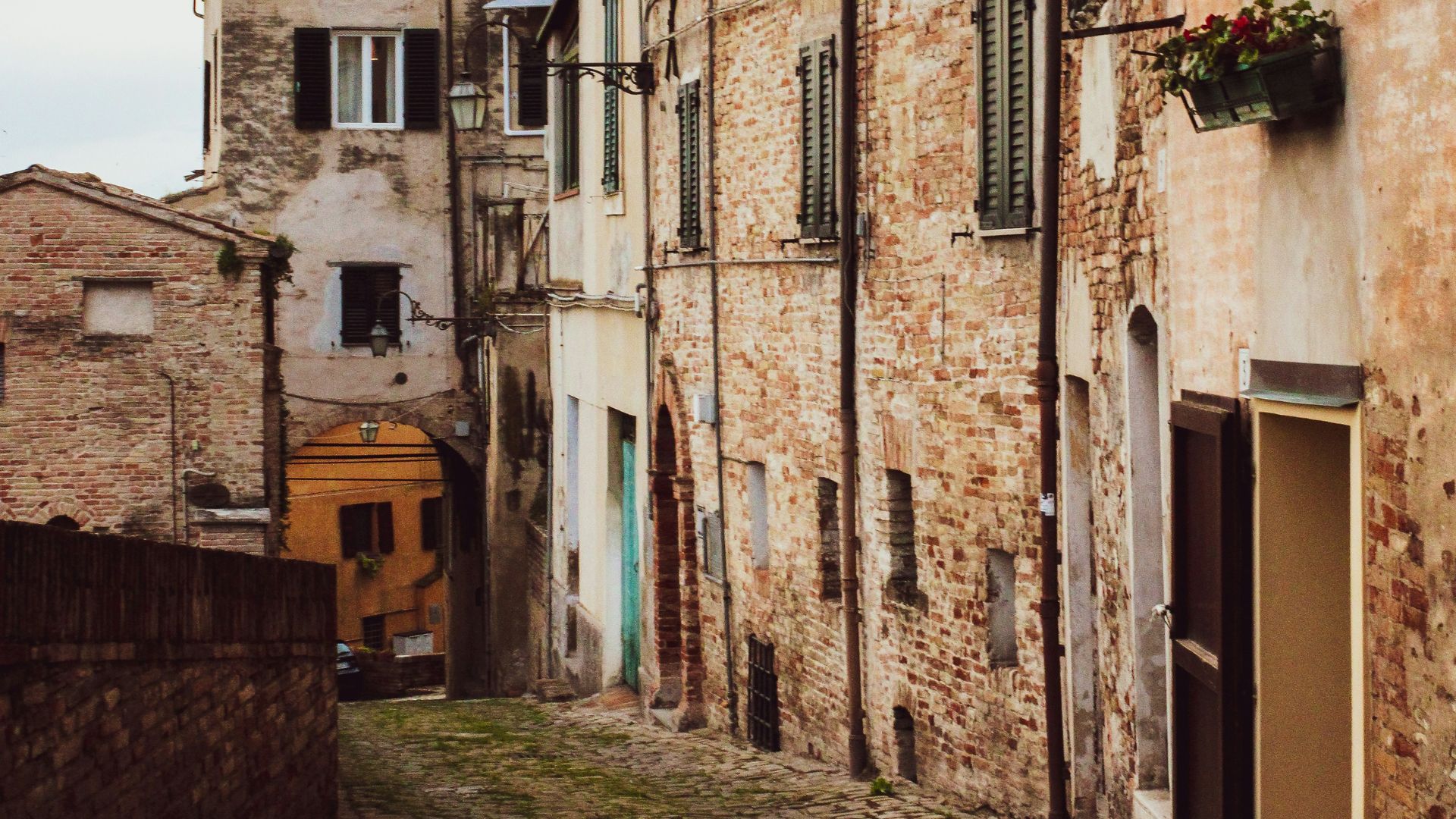
Exploring Hidden Gems Beyond Tuscany
While Tuscany steals the spotlight, Italy’s Le Marche region offers equally stunning landscapes and medieval villages without the tourist crowds. These hidden treasures provide authentic Italian experiences with their preserved architecture, local cuisine, and breathtaking views between mountains and sea.
Le Marche vs. Tuscany: What Sets Them Apart
When I first visited Le Marche after years of Tuscan holidays, the difference was striking. Le Marche feels like Tuscany did 30 years ago—authentic and uncrowded. The landscapes share similarities: rolling hills, ancient villages, and vineyard-covered slopes. But Le Marche adds the stunning Adriatic coastline to the mix.
The prices also tell a story. I’ve found accommodations and dining in Le Marche cost about 30-40% less than similar options in Tuscany. The food scene celebrates local specialties like olive all’ascolana (stuffed olives) and brodetto (seafood stew) rather than catering to international tastes.
What truly sets Le Marche apart is the feeling of discovery. Here, shopkeepers and locals still express genuine surprise at meeting foreign visitors.
Discovering Le Marche’s Secluded Hill Towns
Le Marche’s hill towns seem frozen in time, perched dramatically on limestone ridges. In Corinaldo, I walked perfectly preserved 14th-century walls that circle the entire town—something increasingly rare even in Italy.
Sarnano charmed me with its concentric circles of medieval streets spiraling up to a central piazza. Unlike similar towns in Tuscany, I shared these cobblestone streets with residents rather than tour groups.
Must-visit hill towns in Le Marche:
- Ascoli Piceno: Renaissance squares paved in marble
- Urbino: Renaissance perfection with Ducal Palace
- Offida: Known for handmade lace traditions
- Gradara: Medieval castle with legendary love story
The beauty of exploring these towns lies in their accessibility. I’ve driven between three different hill towns in a single day—something nearly impossible in Tuscany’s more congested roads.
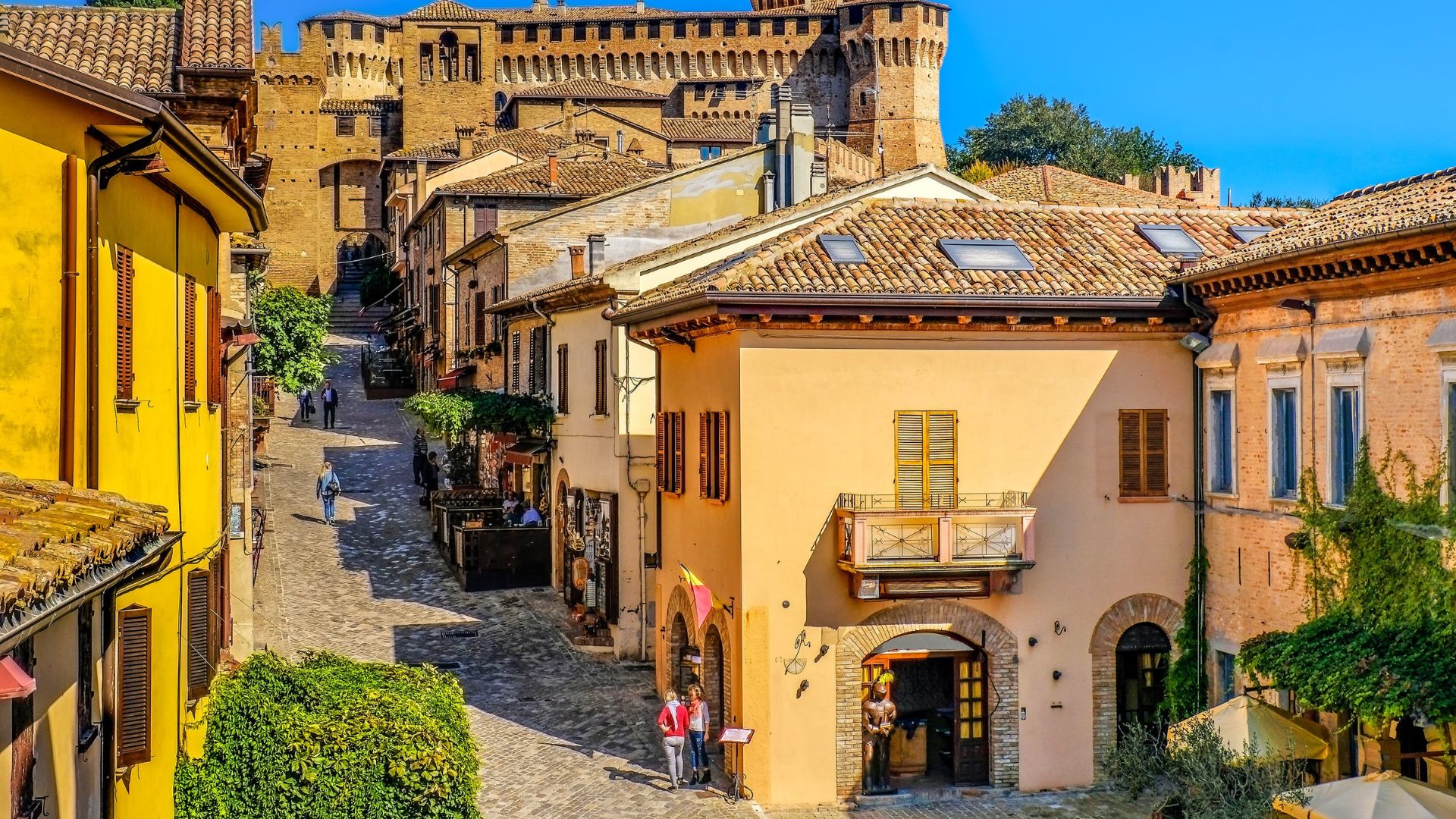
Cultural Tapestry and Historical Richness
Le Marche’s towns are living museums where centuries of history blend with vibrant cultural traditions. Walking through these streets feels like stepping through different chapters of Italian heritage, from ancient Roman settlements to Renaissance masterpieces.
Ascoli Piceno: A Time Capsule
Wandering through Ascoli Piceno feels like stepping back in time. The dazzling Piazza del Popolo, paved entirely in travertine marble, took my breath away when I first saw it gleaming in the afternoon sun. It’s the heart of the city where locals gather each evening for the traditional passeggiata.
I discovered that Ascoli’s history stretches back to pre-Roman times. The city is dotted with medieval towers and Renaissance palaces that tell stories of its wealthy past. The intricate façades of the churches showcase remarkable craftsmanship.
During my visit, I stumbled upon small workshops where artisans still practice traditional crafts handed down for generations. The city’s historic cafés, like the famous Caffè Meletti, serve anisette liqueur that’s been made here since 1870.
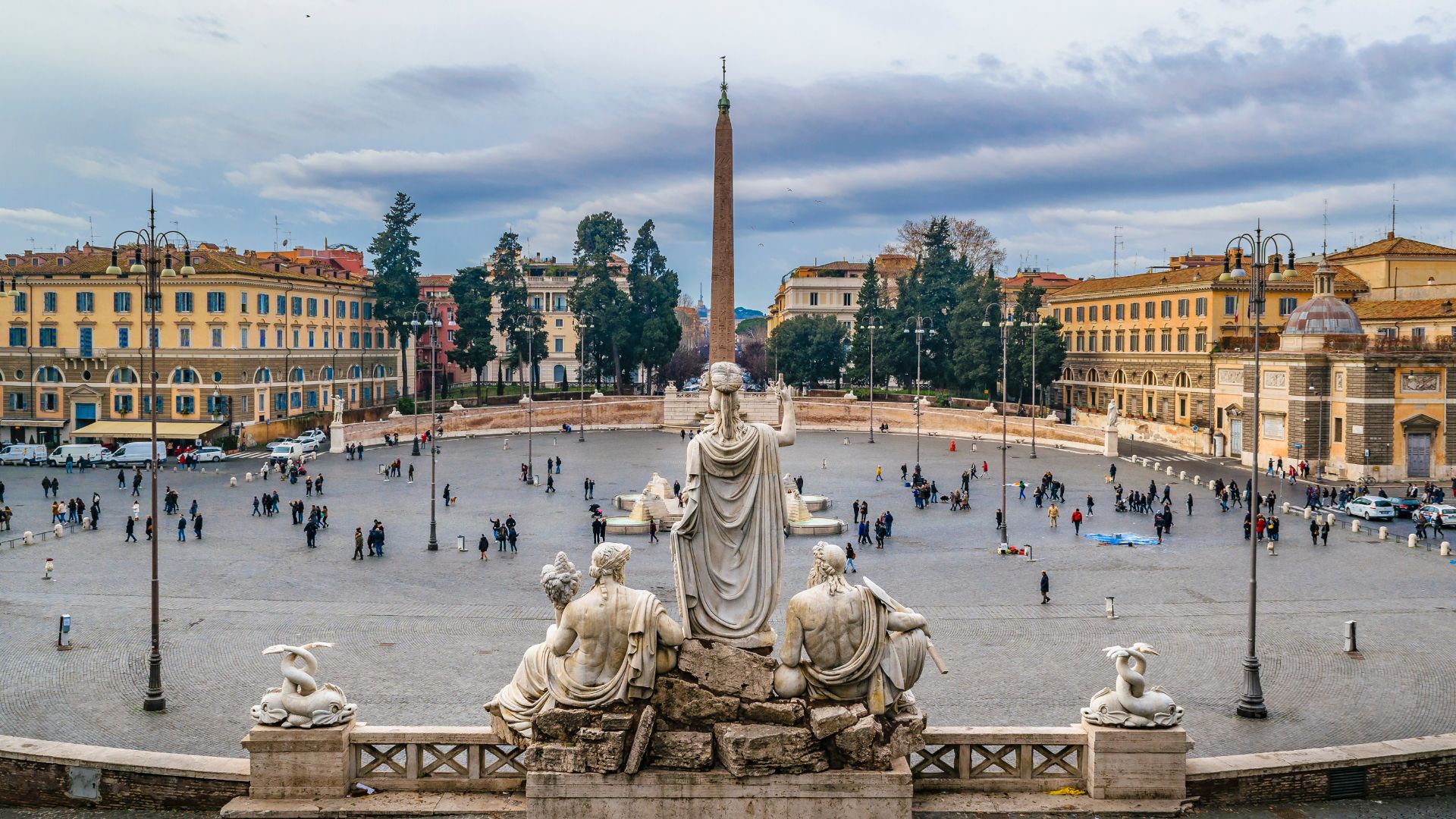
Urbino’s Renaissance Splendor
Urbino stands as one of Italy’s most important Renaissance cities, yet it remains wonderfully uncrowded. The UNESCO-protected hilltop town was the birthplace of Raphael and home to one of history’s greatest art patrons, Duke Federico da Montefeltro.
The magnificent Ducal Palace houses the National Gallery of the Marche with masterpieces by Piero della Francesca and Raphael. I spent hours exploring its perfectly proportioned courtyards and stunning studiolo with incredible trompe l’oeil inlaid woodwork.
Urbino’s Cathedral sits nearby, rebuilt after an earthquake but still preserving Renaissance elements. The narrow, winding streets leading up to the university offer stunning views of the surrounding countryside.
Students bring youthful energy to this historic town, creating a unique blend of past and present that I found incredibly charming.
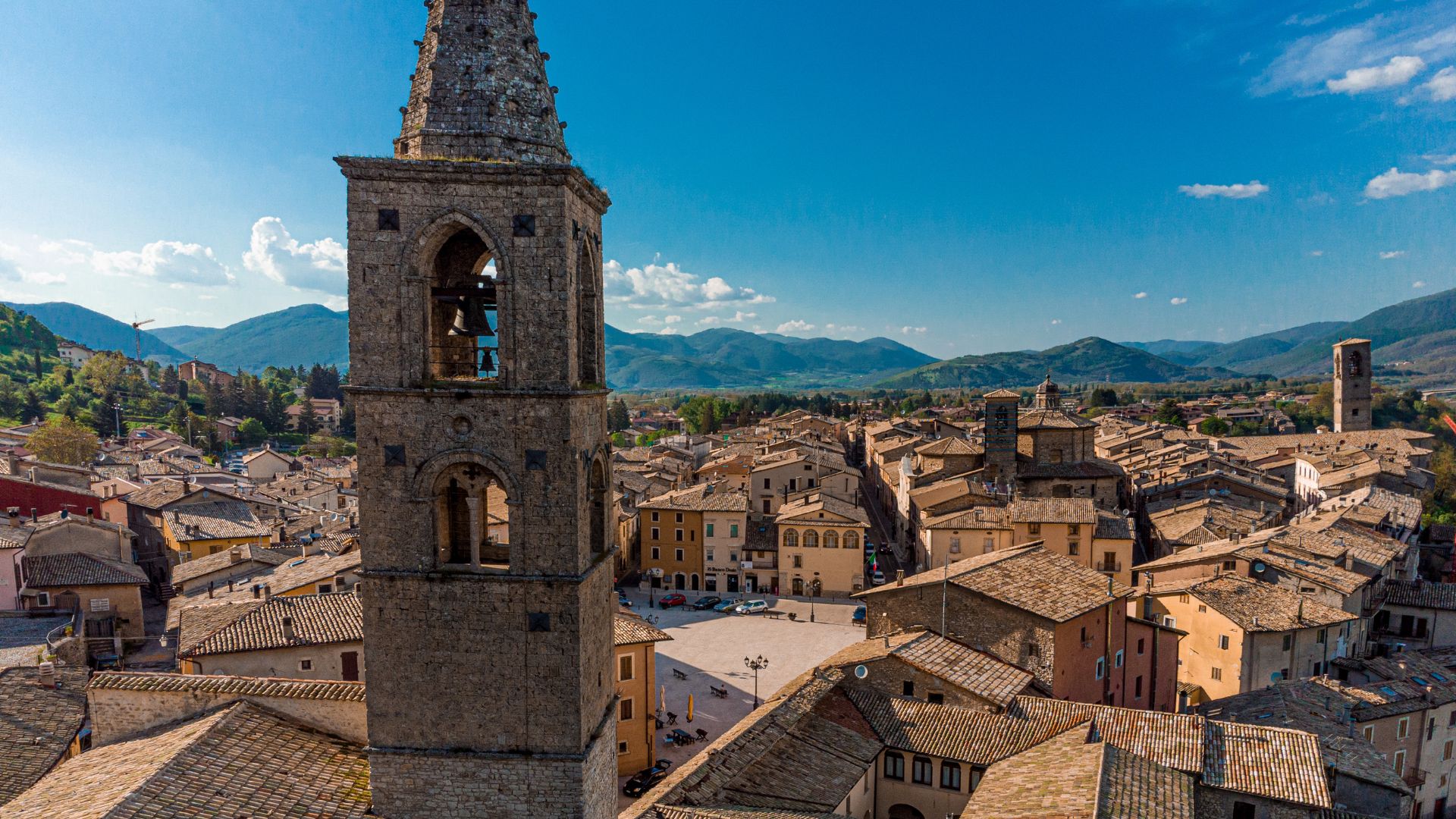
The Theatrical Flair of Pesaro and Macerata
Pesaro and Macerata showcase Le Marche’s passion for performing arts. In Pesaro, birthplace of composer Rossini, I attended the famous Rossini Opera Festival held each August. The town honors its musical heritage with beautiful theaters and regular performances.
Macerata surprised me with its stunning Sferisterio, an open-air neoclassical arena built in the 1820s. Each summer, it hosts the Macerata Opera Festival, where I experienced incredible performances under starlit skies.
Both towns feature beautiful historic centers with elegant piazzas and churches. Pesaro’s seaside location adds beach culture to its artistic identity, while Macerata’s hilltop position offers stunning views across Le Marche’s rolling landscape.
The theaters in these towns aren’t just tourist attractions but living cultural hubs where locals proudly continue centuries-old theatrical traditions.
The Adriatic’s Allure: Coastal Enchantments
Le Marche’s coastline offers a perfect blend of golden beaches, historic ports, and seaside charm without the crowds you’ll find in more famous Italian destinations. The Adriatic shores here have captivated me with their authentic coastal culture and stunning vistas.
Seaside Bliss in Fano
Fano surprised me when I first visited this enchanting coastal town. Unlike its more famous neighbors, this ancient Roman settlement maintains an authentic Italian atmosphere that’s hard to find elsewhere on the Adriatic Coast.
I love wandering through the old town center with its Roman arch (Arco d’Augusto) before heading to the beach for an afternoon swim. The town boasts two distinct beaches – Sassonia with its unusual pebbles and Lido with soft golden sand.
Local seafood here is extraordinary! Try the brodetto alla fanese, a fish stew unique to this town with a recipe that dates back generations. Each August, Fano hosts the Fano Jazz By The Sea festival, bringing world-class musicians to perform against the backdrop of crashing waves.
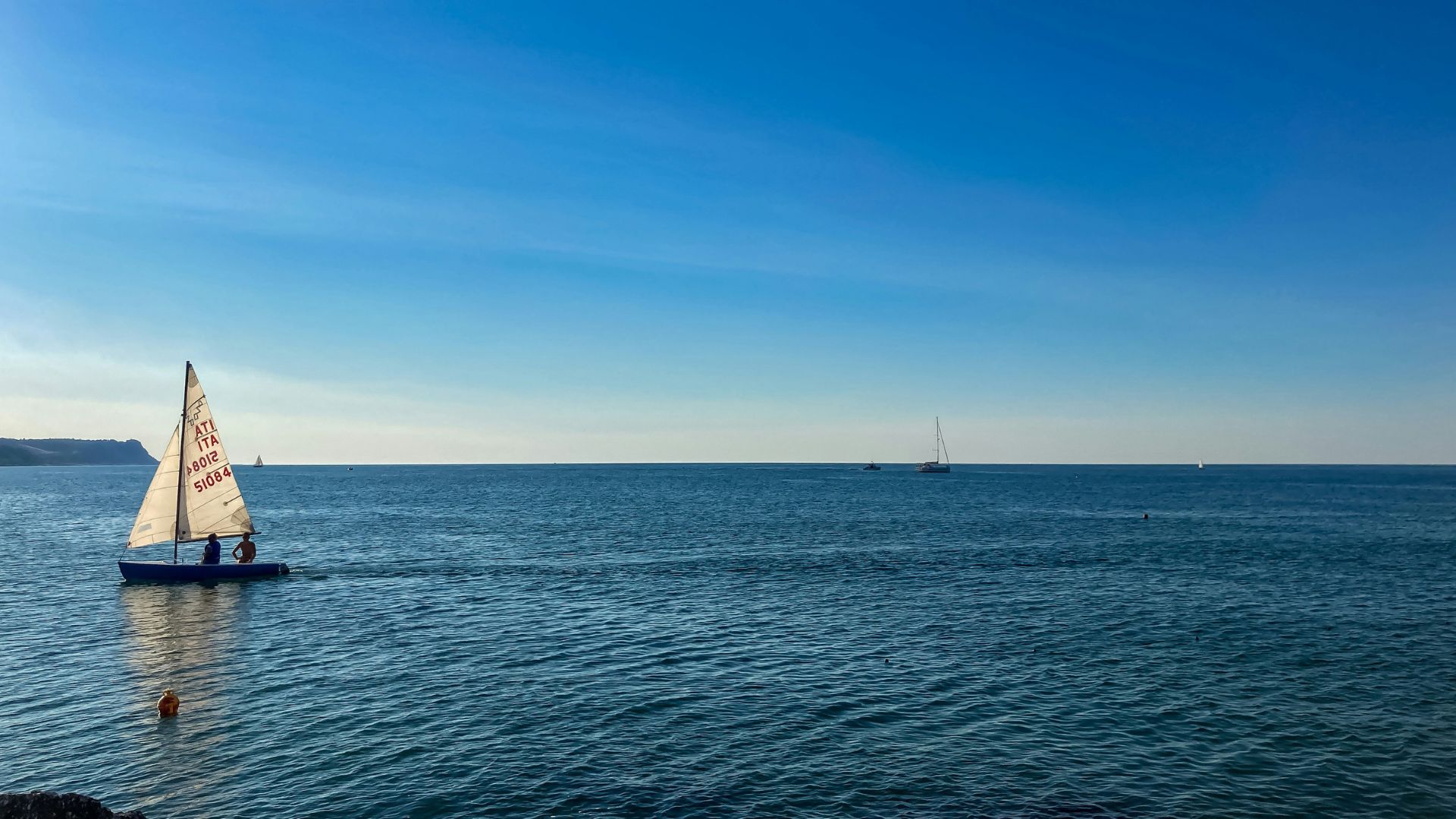
Bed and Breakfast Havens Along the Adriatic
The Le Marche coastline is dotted with charming B&Bs that offer a more intimate experience than large hotels. I’ve discovered that staying in these family-run accommodations provides insights into local life you simply won’t get elsewhere.
My favorite coastal B&B experience was at Villa Vittoria near Fano – a restored 19th-century home with gardens that roll right toward the Adriatic. The owners served breakfast featuring homemade pastries and locally sourced fruits on a terrace overlooking the sea.
Many coastal B&Bs in Le Marche offer special packages that include beach access, bicycles, and even cooking classes. For the best value, I recommend visiting in May or September when the weather remains pleasant but prices drop significantly.
Look for accommodations that advertise “vista mare” for guaranteed sea views that make waking up in Le Marche truly magical.
Savoring the Flavors: Marche Cuisine
The food in Le Marche reveals a delicious history that most visitors never discover. Simple ingredients shine in dishes that reflect both coastal influences and countryside traditions.
The Culinary Traditions of Le Marche
When I wandered through Le Marche’s medieval villages, I discovered that simplicity is the true secret of their cuisine. Unlike flashier Italian regions, Marche food relies on excellent quality ingredients rather than complex techniques.
Along the coast, seafood dominates the menu. I highly recommend trying Brodetto Anconetano, a rich fish stew that varies slightly from town to town. Each family guards their recipe closely!
Inland, the rolling hills produce incredible olive oils and truffles. The region’s signature pasta, vincisgrassi, resembles lasagna but includes mushrooms and a decadent béchamel sauce.
What struck me most was how Le Marche’s cuisine tells the story of its geography – from the Adriatic Sea to those enchanting hills dotted with ancient villages.
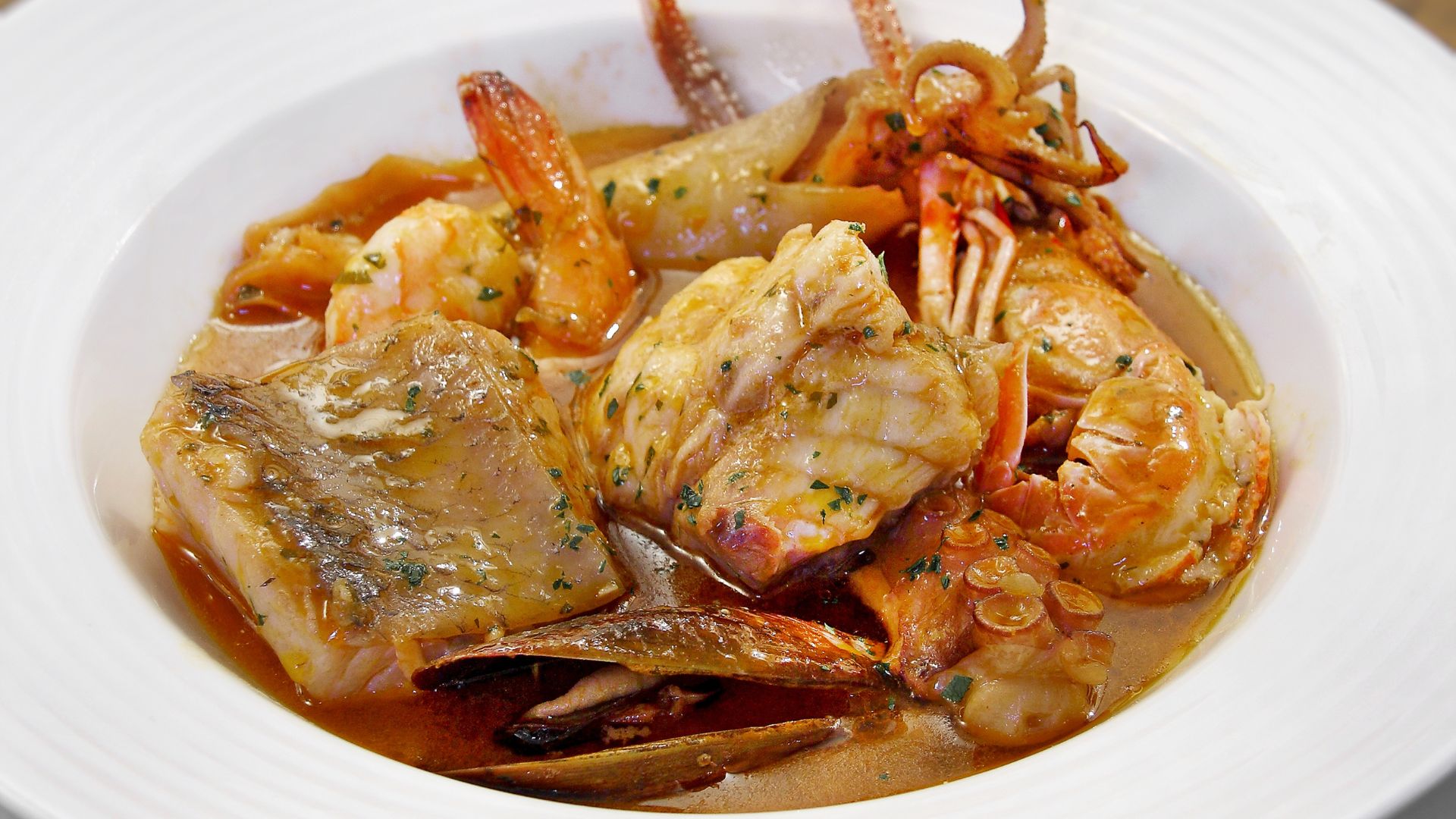

The Marche/Parma Connection: A Gastronomic Journey
Though Parma gets more attention for its food, Le Marche shares fascinating gastronomic connections to this famous region across the Po Valley.
Both areas excel in cured meats, though with different styles. While Parma claims the world-famous prosciutto, Le Marche produces exceptional lonza and ciauscolo – a spreadable salami that changed my idea of what cured meat could be.
The cheese traditions also connect these regions. I found that Le Marche’s casciotta d’Urbino, a sheep and cow milk cheese, rivals Parma’s renowned offerings.
Wine completes this gastronomic picture. Verdicchio, grown in Le Marche’s hills, pairs perfectly with local seafood, while the robust Rosso Conero stands up to heartier dishes.
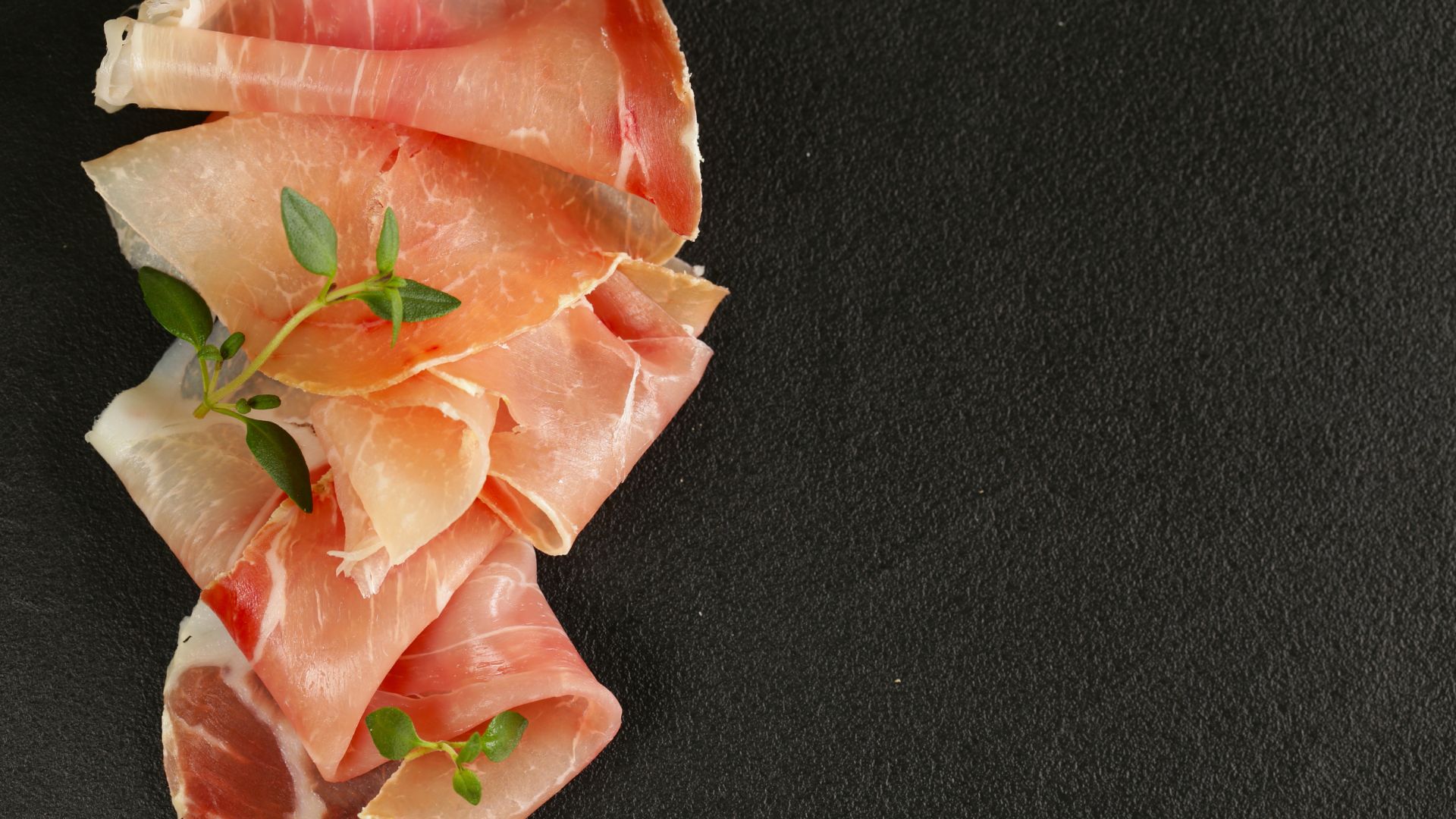

Educational Exploration
Le Marche offers incredible opportunities for travelers interested in Italy’s educational heritage. The region boasts prestigious institutions and rich academic traditions that have shaped Italian culture for centuries.
Ancona’s University and Its Influence
Walking through Ancona, I was struck by the youthful energy that flows from Università Politecnica delle Marche. Founded in 1969, this university brings together nearly 16,000 students who transform the port city’s atmosphere.
The university specializes in engineering, medicine, economics, and agricultural sciences. Its modern campus contrasts beautifully with Ancona’s ancient architecture.
I loved exploring the Medicine Faculty, housed in a renovated historic building near the port. The university’s research centers contribute significantly to marine biology and coastal studies, drawing on Ancona’s maritime heritage.
Students fill the cafes and shops along Corso Garibaldi, creating a vibrant scene that blends academic life with the city’s traditional culture.

Urbino’s Cultural Pedigree
Urbino stands as Le Marche’s educational crown jewel. The University of Urbino, founded in 1506, transformed this medieval town into a Renaissance powerhouse of learning and art.
Walking through the university’s historic buildings, I felt the presence of centuries of scholars who studied within these walls. The university’s library contains over 900,000 volumes. Among them are precious manuscripts dating back to the 15th century.
Urbino’s connection to education runs deeper than just its university. The town was the birthplace of Raphael. Its artistic heritage continues through the prestigious Academy of Fine Arts.
The Teatro Sanzio regularly hosts opera performances and academic events. I attended a student production that blended Renaissance music with contemporary interpretations. It was a perfect reflection of how Urbino balances tradition with innovation.
